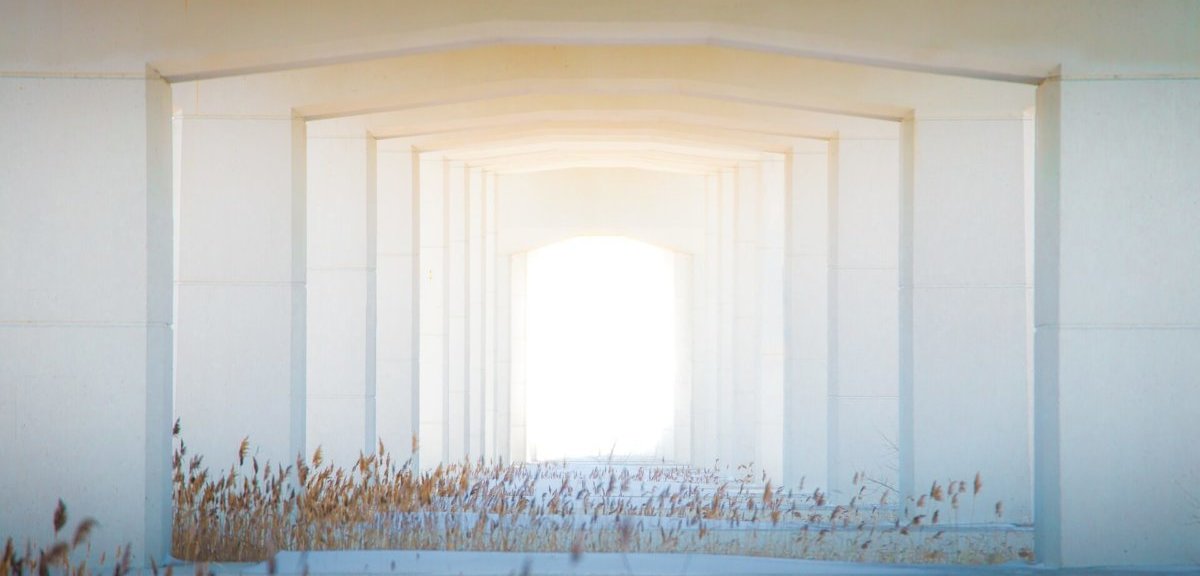Society is continuously evolving, and with it, so are our housing needs. Social, economic, technological and environmental changes oblige us to start thinking differently and to reconsider our actions and habits, wishes and needs. The decreasing size of households, financial considerations and ideological motives (environmental concerns) are just some of the reasons why we should consider the size and type of future houses.
Although our society still dominantly practices the accumulation of stuff, we can notice that the number of people who embrace minimalistic lifestyles grows every day. What is valuable and essential to us? How many things do we need? And in the end, how much space do we need to live comfortably and mentally healthy?
The whole idea of going minimalist is to be less attached to materials, to have fewer things, but more space, and less stress but more mindfulness.
So let’s say that we manage to get minimalistic with our material possessions, what would that mean for the size and style of our living spaces? I’ve started this article thinking about how much living space we need to be happy in it. But, the actual question would be, how to use minimal space in the most efficient way.
So, here are 7 design inspirations for everyone who is considering investing in a new house or designing one and at the same time, who seek for a way to go “green”.
- There are given standards for minimal sqm of space that an average person needs to feel comfortable in an apartment. (According to the engineering toolbox it’s about 10-37 sqm)
- Fewer things, in most scenarios, mean more space. Decluttered homes with a reduced number of items automatically appear bigger than crowded dwellings.
- The use of minimalism in design maximizes available space and creates a clear and tranquil environment. The goal of minimalism is to recognize the beauty of function, and to skip the use of unnecessary, distracting elements. Analysing the design of nature we can see that minimalism is also used in nature. Every form and material has its function and reason for existence. As it says in the often-quoted phrase from American architect Frank Lloyd Wright “form and function are one”.
- Technology and new design ideas make it possible to think outside the box. Modularity and flexibility, accompanied by technology, give us numerous possibilities with less, in order to gain more. For instance, the traditional division of the space into the rooms doesn’t have to be the norm anymore. Thanks to smart designs of layouts and flexible furniture, the same place can be easily transformed and have different functions. Graham Hill’s Life Edited apartment is a very good example. Here it’s possible to fit 8 different types of rooms into a small ca 39 sqm room. Some of the good ideas of the spatial transformation also can be seen in the serial “Never too small”.
- Use of fractals as a design principle. Fractals are never ending patterns created by repeating self-similar geometric patterns on many different scales. Fractals can be found almost everywhere in nature, also in biologic and computer science (algorithms), and they are already used in urbanism, architecture and interior design. The concept of fractals explains nature mathematically and shows that ‘everything in the universe is connected to everything else.’. Fractals are not an aesthetic trick. As it is described in the article Explainer: What Scaling and Fractals Are, and How Designers Can Use Them, used in architecture fractals contribute sustainability. In the context of minimal spaces, the use of fractals would be essential. Now imagine this kind of design principle used in one entire house. Implementing it into the exterior design, going through the interior, to the furniture and the smallest house items. The whole house together with everything that is inside forms one unity. The design would be efficient, aesthetically appealing and environmentally friendly.
- The connection with nature. Every design that interweaves with natural elements is given a new, higher value. Small houses need to have a strong connection with the outdoor space. Good views will convey the feeling of a bigger interior. Use of natural materials has numerous benefits, such as a huge impact on our health, sustainability, they are long lasting, and also they never go out of fashion.
- Living in a smaller space is a way of contributing to a sustainable society, meaning less consumption of things. Small houses require fewer resources to build and ultimately use less energy and create less waste once they are built.
Header Image from Jérémie Perron from Pixabay





